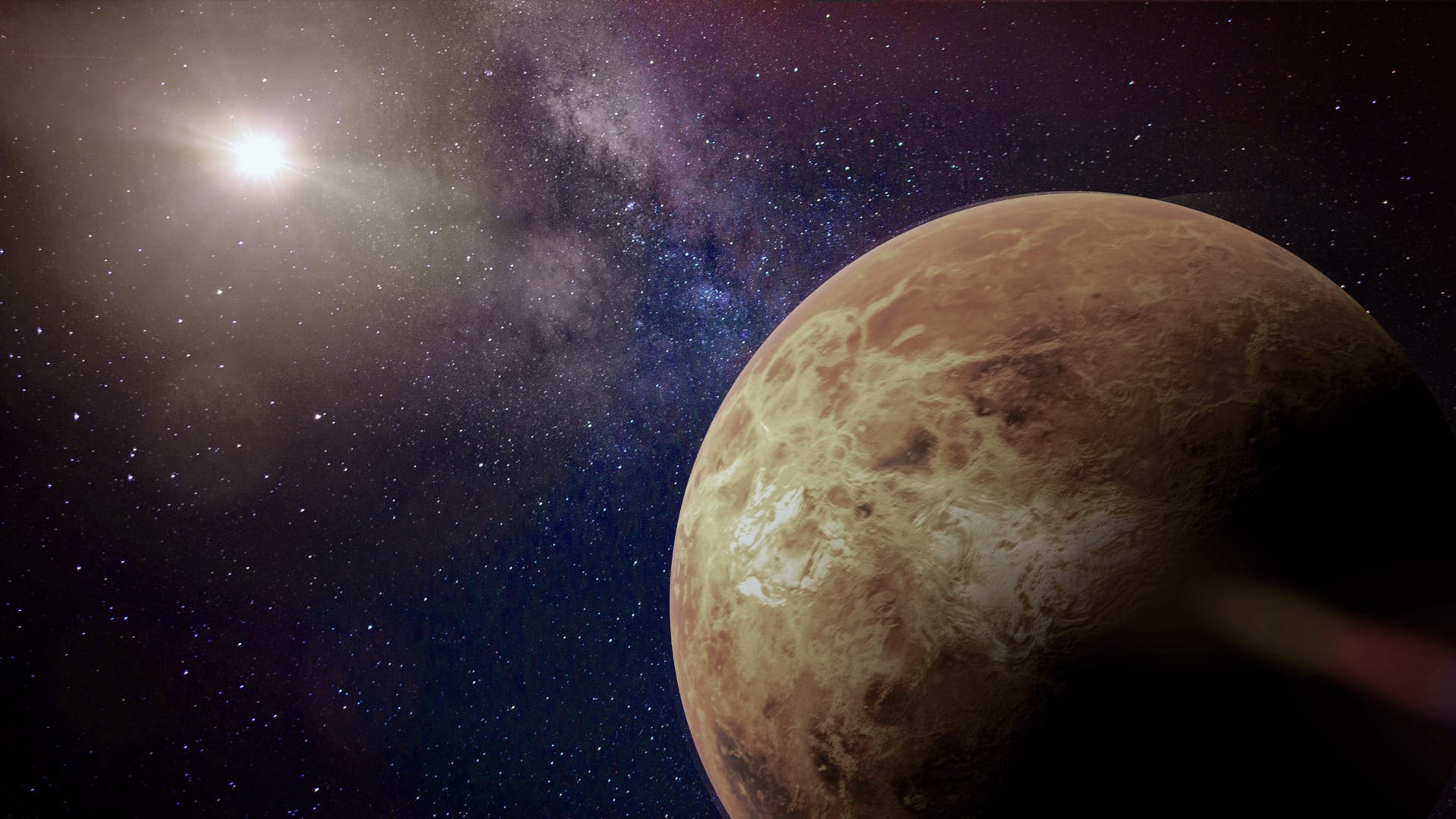
How can the Sun help us explore other planets?
Scroll for prep

Please wait…
This video is having trouble loading. You may have lost your Internet connection.
Step 1: Click to Reload this page
Step 2: Click to
Try our other video player
Step 3: contact support if trouble persists.
Or,
dismiss this message.
DISCUSS:
What’s in outer space? List everything you can think of.

Please wait…
This video is having trouble loading. You may have lost your Internet connection.
Step 1: Click to Reload this page
Step 2: Click to
Try our other video player
Step 3: contact support if trouble persists.
Or,
dismiss this message.
DISCUSS:
What might be difficult about sending humans to another planet?

Please wait…
This video is having trouble loading. You may have lost your Internet connection.
Step 1: Click to Reload this page
Step 2: Click to
Try our other video player
Step 3: contact support if trouble persists.
Or,
dismiss this message.
DISCUSS:
What could you use to power a machine in space?

Please wait…
This video is having trouble loading. You may have lost your Internet connection.
Step 1: Click to Reload this page
Step 2: Click to
Try our other video player
Step 3: contact support if trouble persists.
Or,
dismiss this message.
DISCUSS:
Do you think a solar panel would work everywhere in outer space like it works here on Earth?

Please wait…
This video is having trouble loading. You may have lost your Internet connection.
Step 1: Click to Reload this page
Step 2: Click to
Try our other video player
Step 3: contact support if trouble persists.
Or,
dismiss this message.

Please wait…
This video is having trouble loading. You may have lost your Internet connection.
Step 1: Click to Reload this page
Step 2: Click to
Try our other video player
Step 3: contact support if trouble persists.
Or,
dismiss this message.
Step
01/21
01/21
You’ll work with a partner.
Decide who will get the codename Cosmo and who will get the
codename Rocket.
Decide who will get the codename Cosmo and who will get the
codename Rocket.

Please wait…
This video is having trouble loading. You may have lost your Internet connection.
Step 1: Click to Reload this page
Step 2: Click to
Try our other video player
Step 3: contact support if trouble persists.
Or,
dismiss this message.
Step
02/21
02/21
Get your supplies. (You’ll get more later.)

Please wait…
This video is having trouble loading. You may have lost your Internet connection.
Step 1: Click to Reload this page
Step 2: Click to
Try our other video player
Step 3: contact support if trouble persists.
Or,
dismiss this message.
Step
03/21
03/21
Decide on a name for your team rover. Then write it on the line that
says “Rover name” on your Brightness Test worksheet.
says “Rover name” on your Brightness Test worksheet.

Please wait…
This video is having trouble loading. You may have lost your Internet connection.
Step 1: Click to Reload this page
Step 2: Click to
Try our other video player
Step 3: contact support if trouble persists.
Or,
dismiss this message.
Step
04/21
04/21
Cosmo: Cut along the dotted lines on the paper with gray letters “A
through F.” Rocket: Cut along the dotted lines on the paper with gray
letters “G through K.”
through F.” Rocket: Cut along the dotted lines on the paper with gray
letters “G through K.”

Please wait…
This video is having trouble loading. You may have lost your Internet connection.
Step 1: Click to Reload this page
Step 2: Click to
Try our other video player
Step 3: contact support if trouble persists.
Or,
dismiss this message.
Step
05/21
05/21
Both: Peel the backs off your stickers. Stick them on the edge of
your desk so that most of the sticker is hanging off.
Do this for all of your stickers.
your desk so that most of the sticker is hanging off.
Do this for all of your stickers.

Please wait…
This video is having trouble loading. You may have lost your Internet connection.
Step 1: Click to Reload this page
Step 2: Click to
Try our other video player
Step 3: contact support if trouble persists.
Or,
dismiss this message.
Step
06/21
06/21
Both: Put the white letter on top of the matching gray letter. Tape
them together using a sticker. Try your best to line up the letters and
keep the paper straight.
them together using a sticker. Try your best to line up the letters and
keep the paper straight.

Please wait…
This video is having trouble loading. You may have lost your Internet connection.
Step 1: Click to Reload this page
Step 2: Click to
Try our other video player
Step 3: contact support if trouble persists.
Or,
dismiss this message.
Step
07/21
07/21
Both: Connect the two pieces of your Solar System together at the
letter “F.” Tape it to make one long line of paper with the Sun at the
beginning and planet #8 at the end.
letter “F.” Tape it to make one long line of paper with the Sun at the
beginning and planet #8 at the end.

Please wait…
This video is having trouble loading. You may have lost your Internet connection.
Step 1: Click to Reload this page
Step 2: Click to
Try our other video player
Step 3: contact support if trouble persists.
Or,
dismiss this message.
Step
08/21
08/21
When your teacher tells you, move to a large, flat space and lay your
Solar System down. Make sure you have enough room to move
forward and backward next to your Solar System.
Solar System down. Make sure you have enough room to move
forward and backward next to your Solar System.

Please wait…
This video is having trouble loading. You may have lost your Internet connection.
Step 1: Click to Reload this page
Step 2: Click to
Try our other video player
Step 3: contact support if trouble persists.
Or,
dismiss this message.
Step
09/21
09/21
Cosmo: Find planet #1 on the Brightness Test worksheet.
Rocket: Write “Mercury” underneath planet #1 on your model Solar
System. Both: Do this for all 8 planets.
Rocket: Write “Mercury” underneath planet #1 on your model Solar
System. Both: Do this for all 8 planets.

Please wait…
This video is having trouble loading. You may have lost your Internet connection.
Step 1: Click to Reload this page
Step 2: Click to
Try our other video player
Step 3: contact support if trouble persists.
Or,
dismiss this message.
Step
10/21
10/21
Get the rest of your supplies.

Please wait…
This video is having trouble loading. You may have lost your Internet connection.
Step 1: Click to Reload this page
Step 2: Click to
Try our other video player
Step 3: contact support if trouble persists.
Or,
dismiss this message.
Step
11/21
11/21
Cosmo: Hold the test rover at Earth. Rocket: Hold the flashlight
above the “Sun” line and shine it at the test rover. Both: Look at the
light shining on your test rover. Discuss:
above the “Sun” line and shine it at the test rover. Both: Look at the
light shining on your test rover. Discuss:

Please wait…
This video is having trouble loading. You may have lost your Internet connection.
Step 1: Click to Reload this page
Step 2: Click to
Try our other video player
Step 3: contact support if trouble persists.
Or,
dismiss this message.
Step
12/21
12/21
Here’s what we thought.
Circle the option “Bright” for Earth on your Brightness Test
worksheet.
Circle the option “Bright” for Earth on your Brightness Test
worksheet.

Please wait…
This video is having trouble loading. You may have lost your Internet connection.
Step 1: Click to Reload this page
Step 2: Click to
Try our other video player
Step 3: contact support if trouble persists.
Or,
dismiss this message.
Step
13/21
13/21
Cosmo: Move your test rover to Venus. Rocket: Shine the Sun on the
rover. Both: Discuss how bright the Sun looks and choose an answer
on your worksheet. Repeat for Mercury.
rover. Both: Discuss how bright the Sun looks and choose an answer
on your worksheet. Repeat for Mercury.

Please wait…
This video is having trouble loading. You may have lost your Internet connection.
Step 1: Click to Reload this page
Step 2: Click to
Try our other video player
Step 3: contact support if trouble persists.
Or,
dismiss this message.
Step
14/21
14/21
Partners switch jobs. Then measure the brightness of the Sun on the
planet Mars. Continue testing the brightness of the Sun on Jupiter,
Saturn, Uranus, and Neptune.
planet Mars. Continue testing the brightness of the Sun on Jupiter,
Saturn, Uranus, and Neptune.

Please wait…
This video is having trouble loading. You may have lost your Internet connection.
Step 1: Click to Reload this page
Step 2: Click to
Try our other video player
Step 3: contact support if trouble persists.
Or,
dismiss this message.
Step
15/21
15/21
Explore the Solar System one more time with your test rover.
Discuss:
Discuss:

Please wait…
This video is having trouble loading. You may have lost your Internet connection.
Step 1: Click to Reload this page
Step 2: Click to
Try our other video player
Step 3: contact support if trouble persists.
Or,
dismiss this message.
Step
16/21
16/21
Here’s what we noticed.
The closer we are to the Sun, the brighter the light looks. The farther
away we move from the Sun, the dimmer the light looks.
The closer we are to the Sun, the brighter the light looks. The farther
away we move from the Sun, the dimmer the light looks.

Please wait…
This video is having trouble loading. You may have lost your Internet connection.
Step 1: Click to Reload this page
Step 2: Click to
Try our other video player
Step 3: contact support if trouble persists.
Or,
dismiss this message.
Step
17/21
17/21
Cross out the name of any planets on your Brightness Test
worksheet where the Sun’s light looked “Barely Visible.”
worksheet where the Sun’s light looked “Barely Visible.”

Please wait…
This video is having trouble loading. You may have lost your Internet connection.
Step 1: Click to Reload this page
Step 2: Click to
Try our other video player
Step 3: contact support if trouble persists.
Or,
dismiss this message.
Step
18/21
18/21
Take all of your supplies back to your desk.

Please wait…
This video is having trouble loading. You may have lost your Internet connection.
Step 1: Click to Reload this page
Step 2: Click to
Try our other video player
Step 3: contact support if trouble persists.
Or,
dismiss this message.

Please wait…
This video is having trouble loading. You may have lost your Internet connection.
Step 1: Click to Reload this page
Step 2: Click to
Try our other video player
Step 3: contact support if trouble persists.
Or,
dismiss this message.
Step
19/21
19/21
Write down the length of one night for each planet
in the “More data” section on your Brightness Test worksheet.
in the “More data” section on your Brightness Test worksheet.

Please wait…
This video is having trouble loading. You may have lost your Internet connection.
Step 1: Click to Reload this page
Step 2: Click to
Try our other video player
Step 3: contact support if trouble persists.
Or,
dismiss this message.
Step
20/21
20/21
Discuss:

Please wait…
This video is having trouble loading. You may have lost your Internet connection.
Step 1: Click to Reload this page
Step 2: Click to
Try our other video player
Step 3: contact support if trouble persists.
Or,
dismiss this message.
Step
21/21
21/21
Talk with your partner and make your final decision on which planet
to send your solar-powered rover to. Answer the questions at the
bottom of your worksheet.
to send your solar-powered rover to. Answer the questions at the
bottom of your worksheet.

Please wait…
This video is having trouble loading. You may have lost your Internet connection.
Step 1: Click to Reload this page
Step 2: Click to
Try our other video player
Step 3: contact support if trouble persists.
Or,
dismiss this message.
DISCUSS:
What else would be good to know about a planet before we land a rover there?

Please wait…
This video is having trouble loading. You may have lost your Internet connection.
Step 1: Click to Reload this page
Step 2: Click to
Try our other video player
Step 3: contact support if trouble persists.
Or,
dismiss this message.
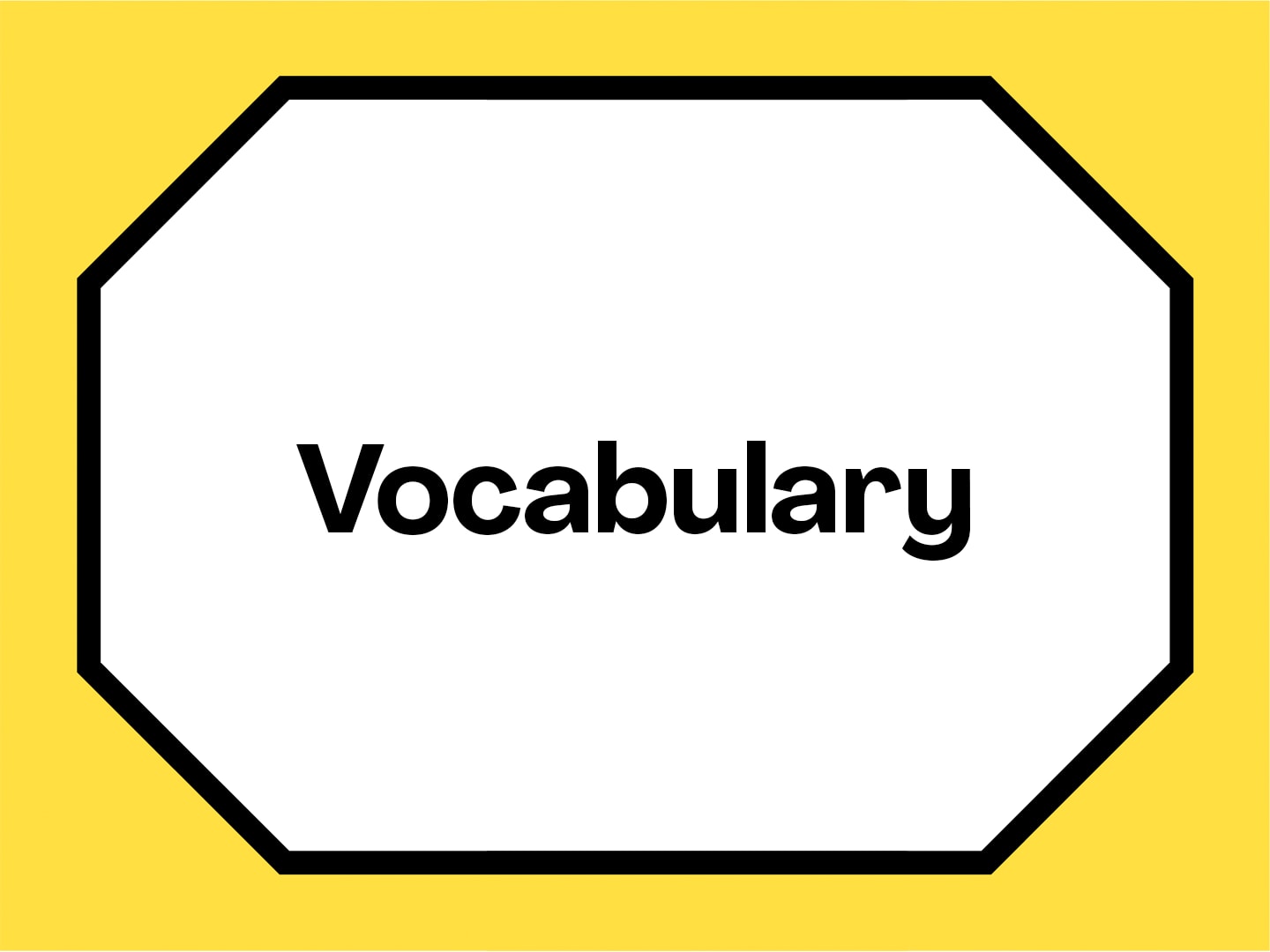
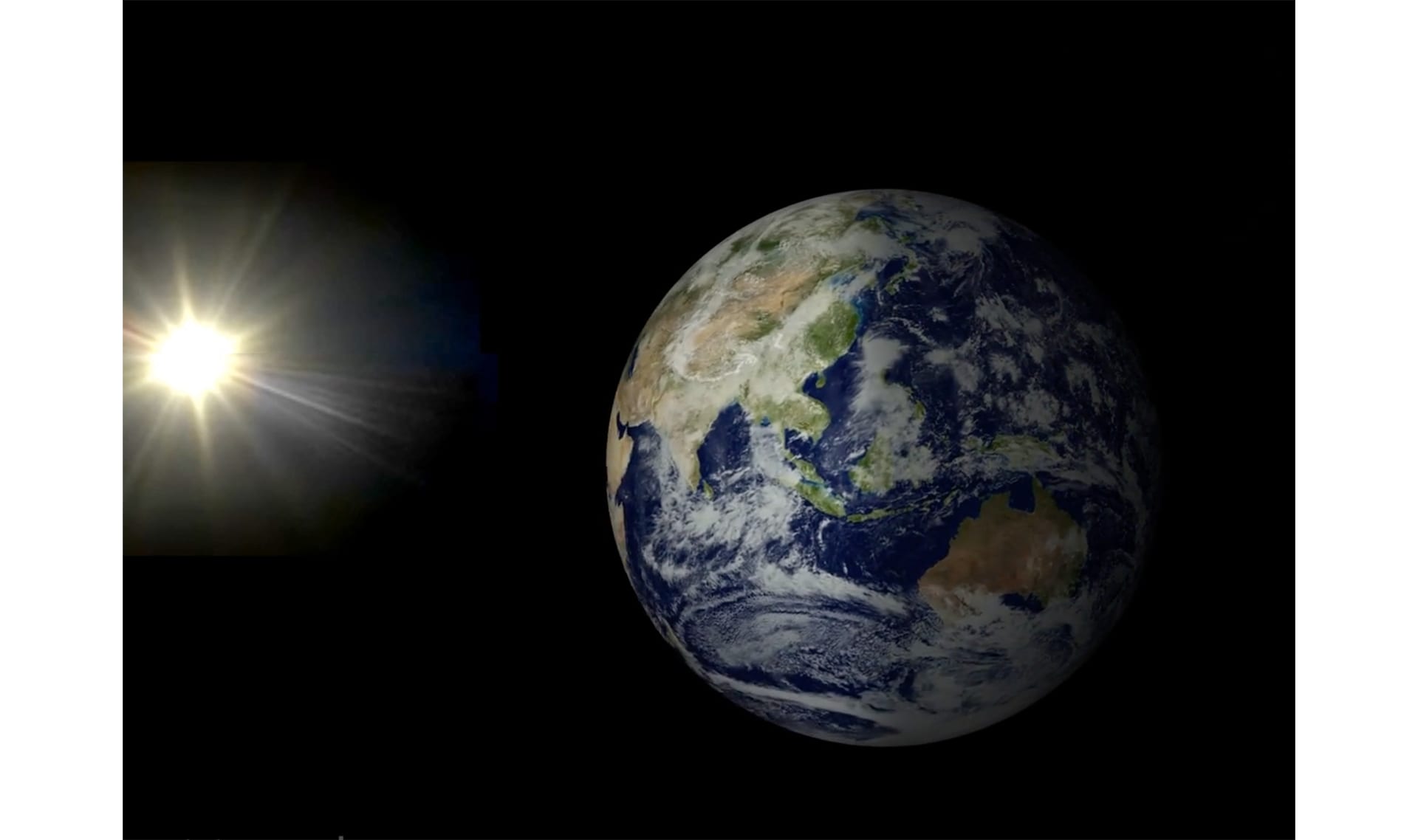
planet
1 of 17
a large, round object in outer space that orbits a star

Please wait…
This video is having trouble loading. You may have lost your Internet connection.
Step 1: Click to Reload this page
Step 2: Click to
Try our other video player
Step 3: contact support if trouble persists.
Or,
dismiss this message.
orbit (revolve)
2 of 17
to circle another object, like the Earth around the Sun
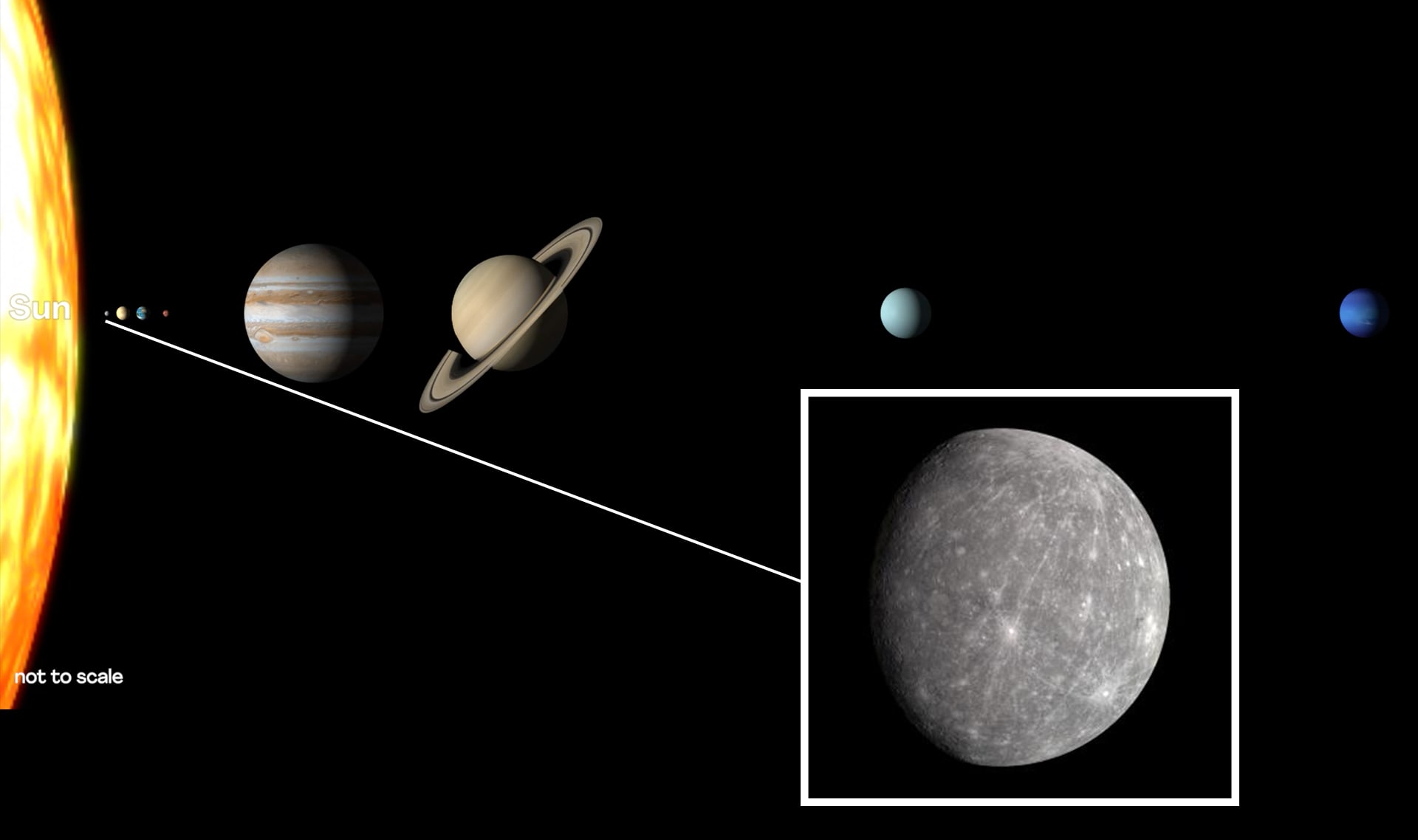
Mercury
3 of 17
the first planet from the Sun in our solar system
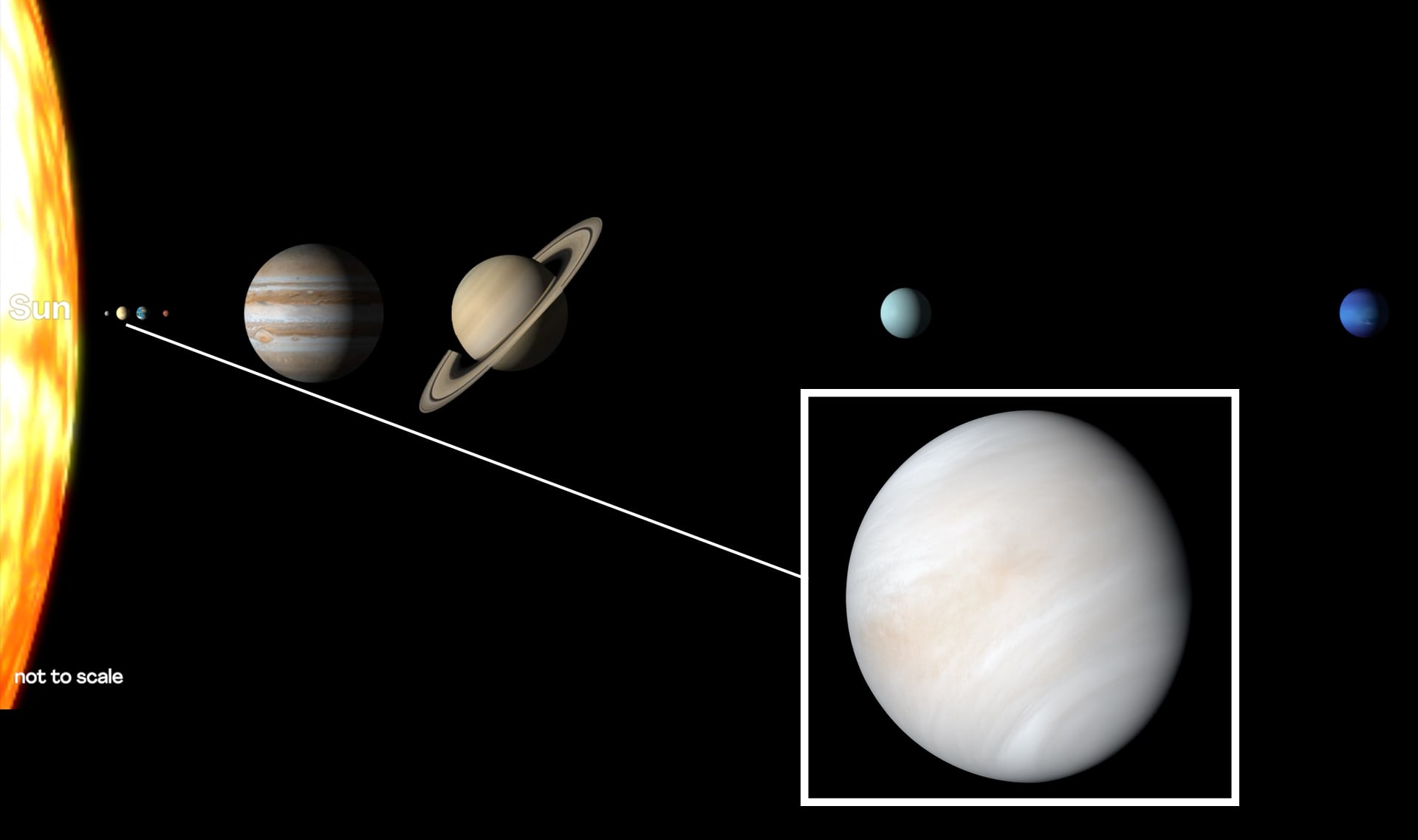
Venus
4 of 17
the second planet from the Sun in our solar system
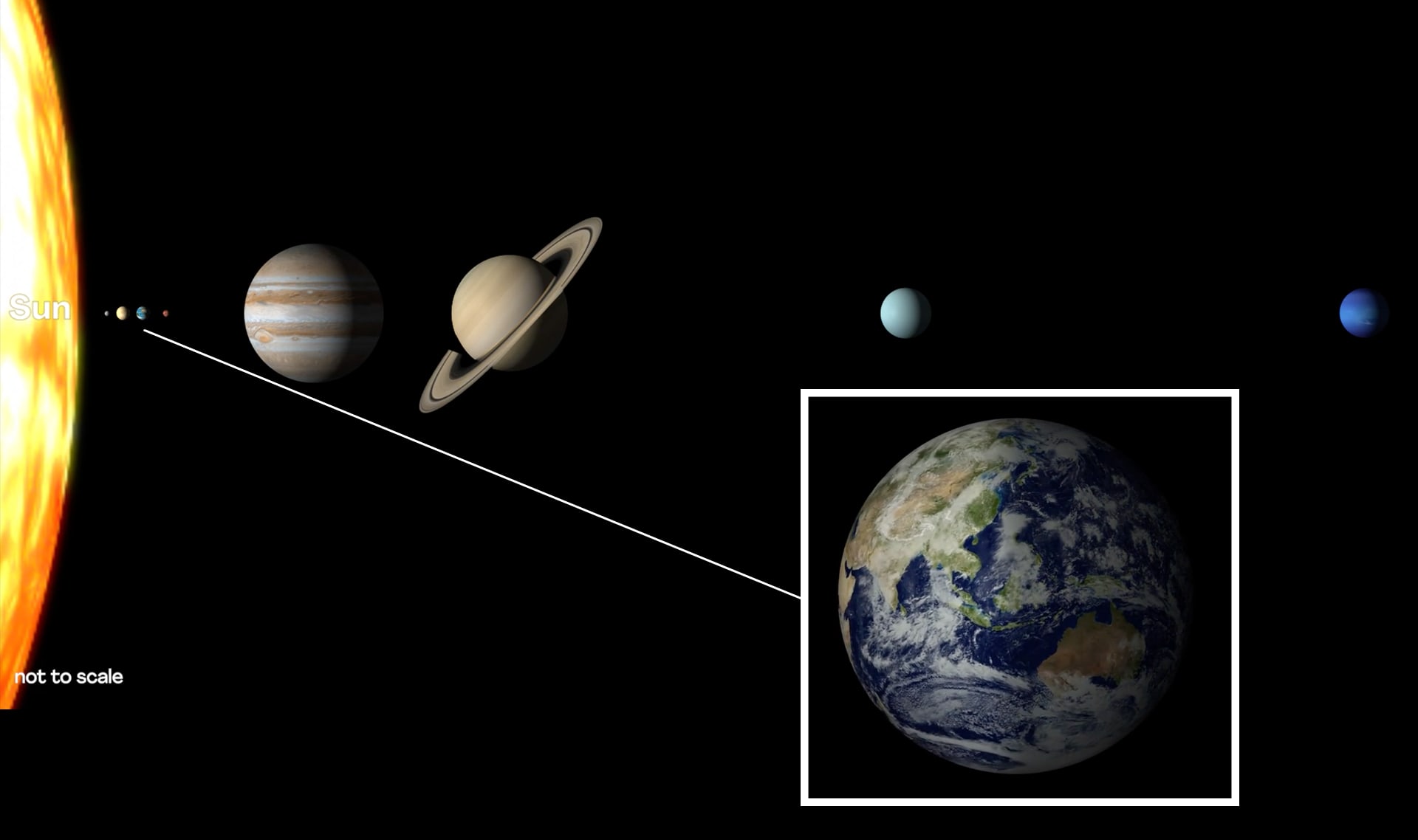
Earth
5 of 17
the third planet from the Sun in our solar system
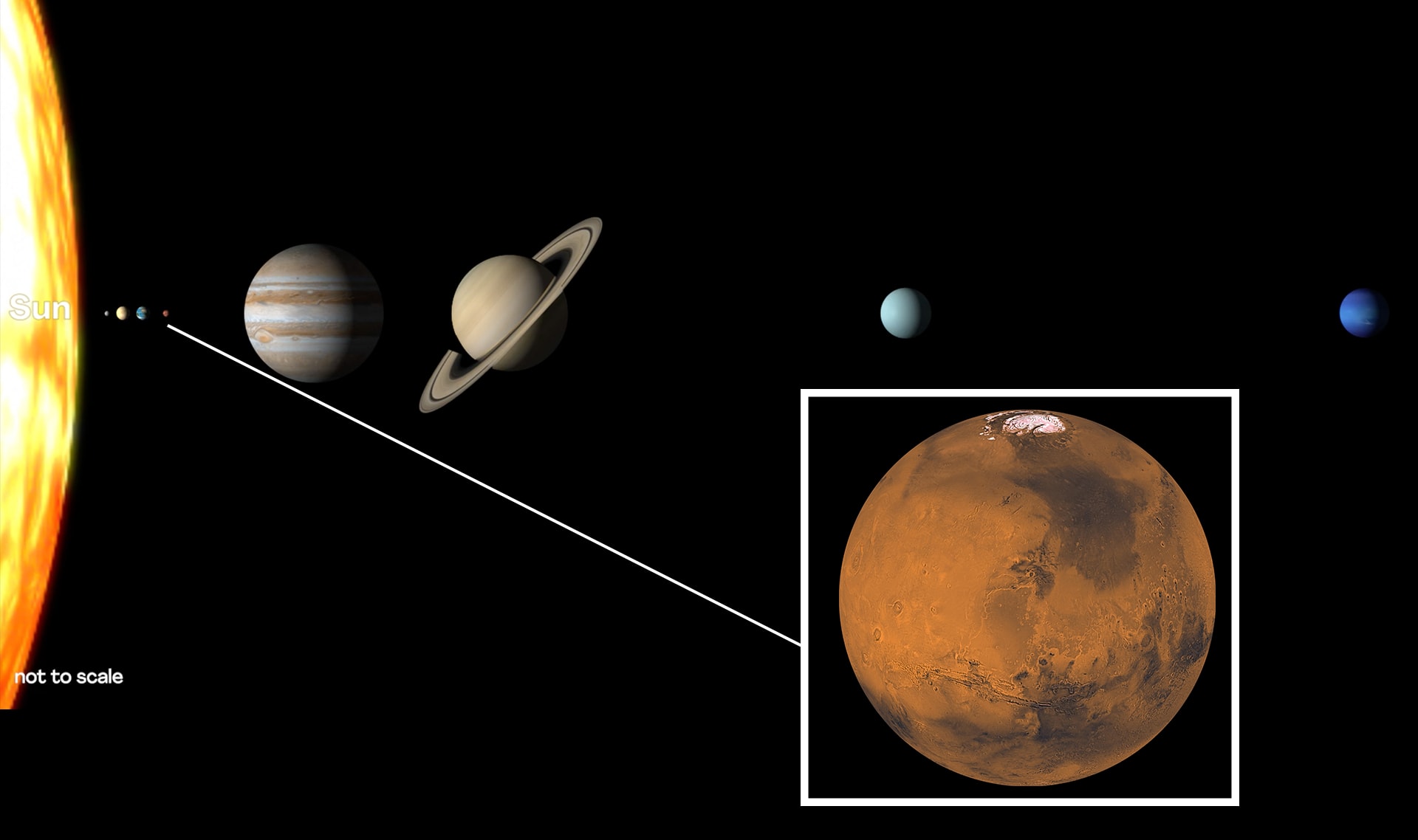
Mars
6 of 17
the fourth planet from the Sun in our solar system
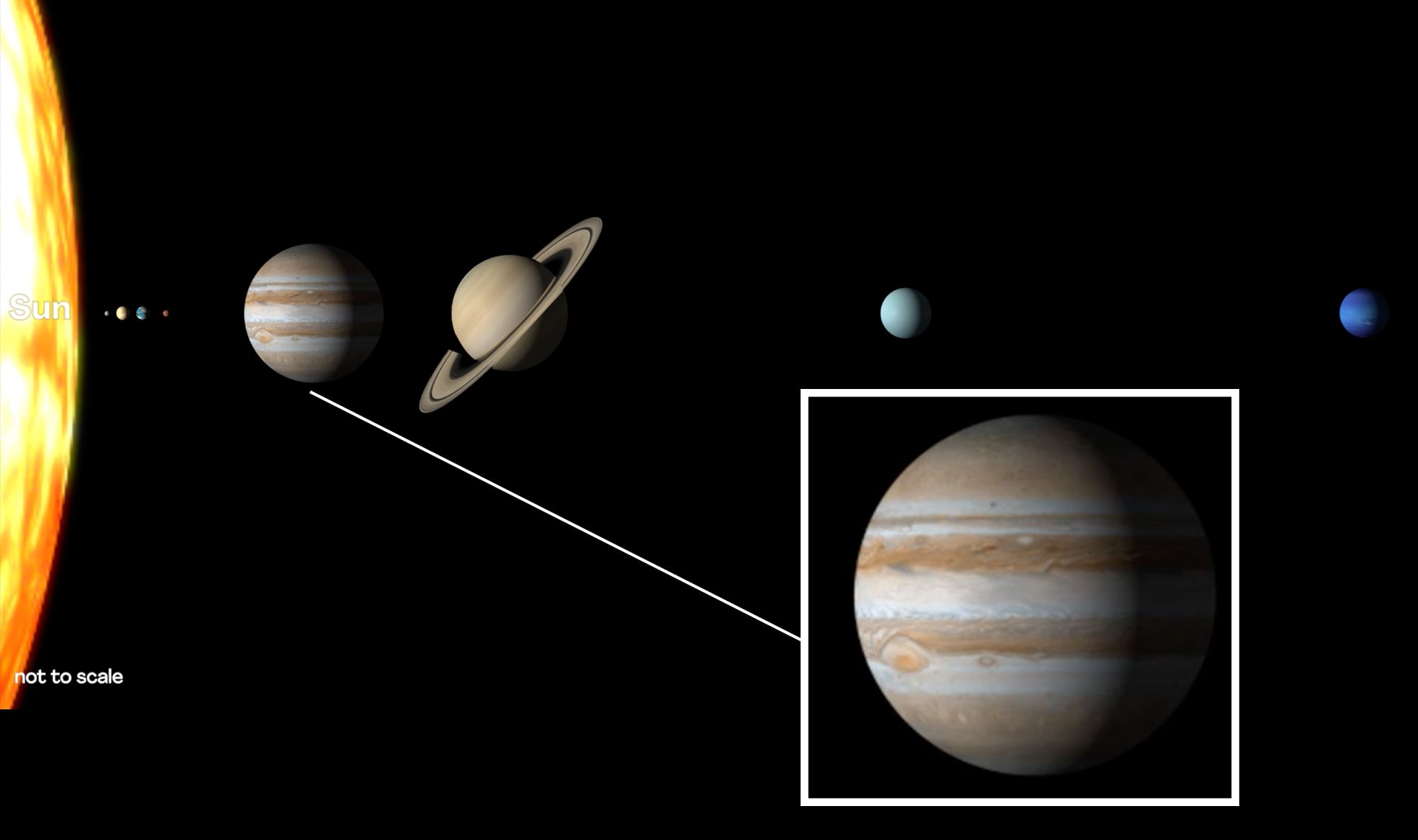
Jupiter
7 of 17
the fifth planet from the Sun in our solar system
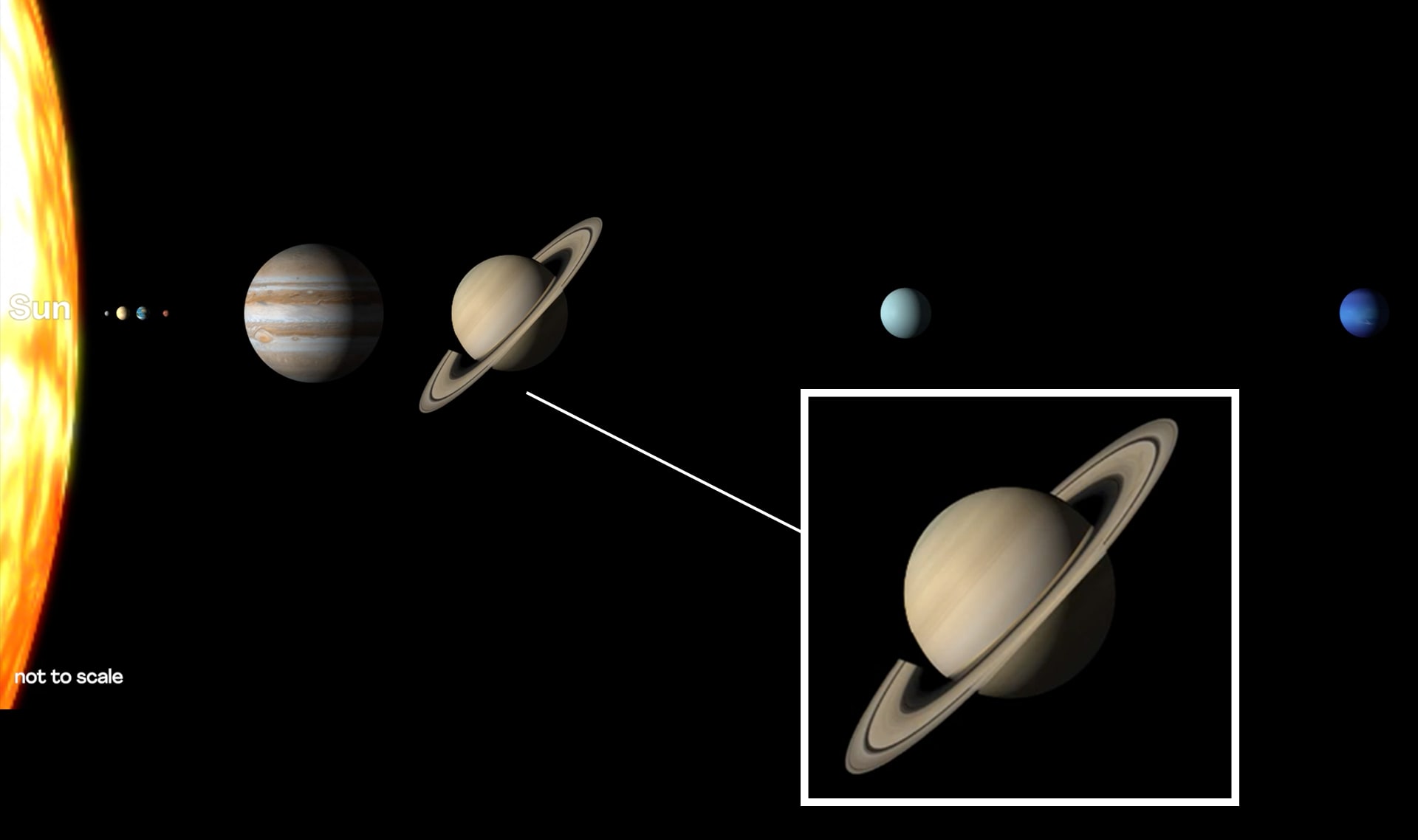
Saturn
8 of 17
the sixth planet from the Sun in our solar system
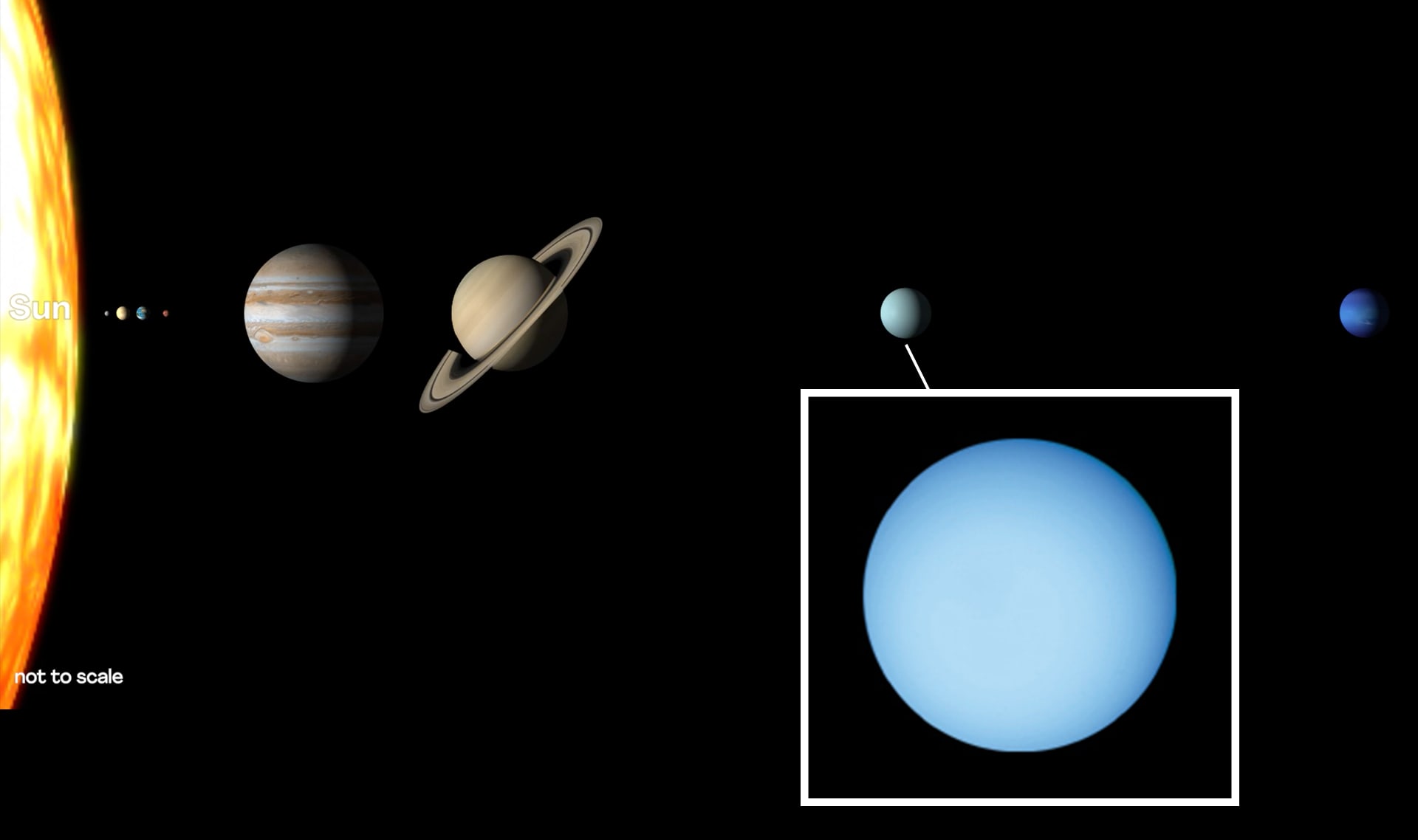
Uranus
9 of 17
the seventh planet from the Sun in our solar system
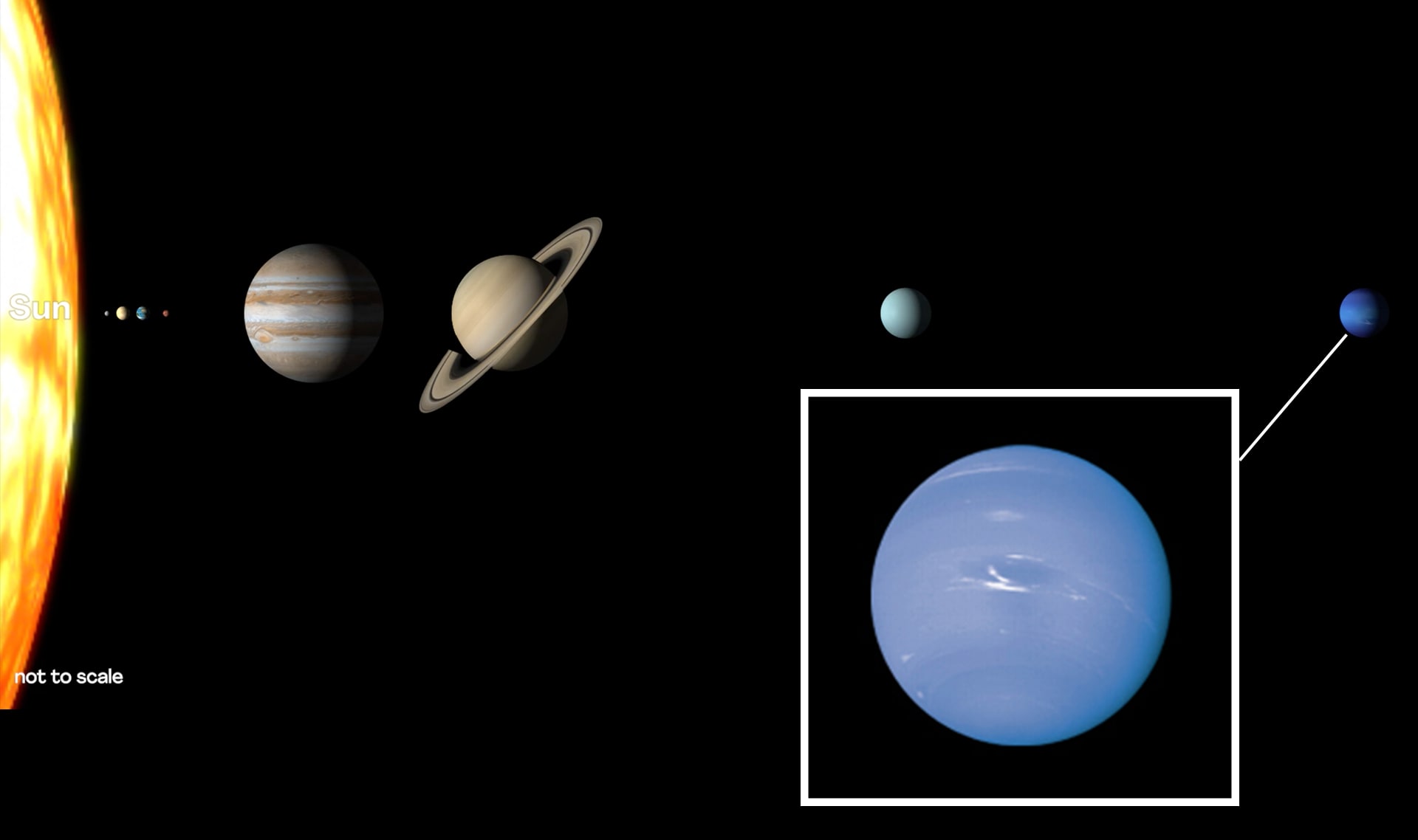
Neptune
10 of 17
the eighth planet from the Sun in our solar system

Please wait…
This video is having trouble loading. You may have lost your Internet connection.
Step 1: Click to Reload this page
Step 2: Click to
Try our other video player
Step 3: contact support if trouble persists.
Or,
dismiss this message.
solar system
11 of 17
all the planets and other objects that orbit around a star

Please wait…
This video is having trouble loading. You may have lost your Internet connection.
Step 1: Click to Reload this page
Step 2: Click to
Try our other video player
Step 3: contact support if trouble persists.
Or,
dismiss this message.
model
12 of 17
a pretend version of something that scientists use when the real thing is too big, small, or complicated to work with
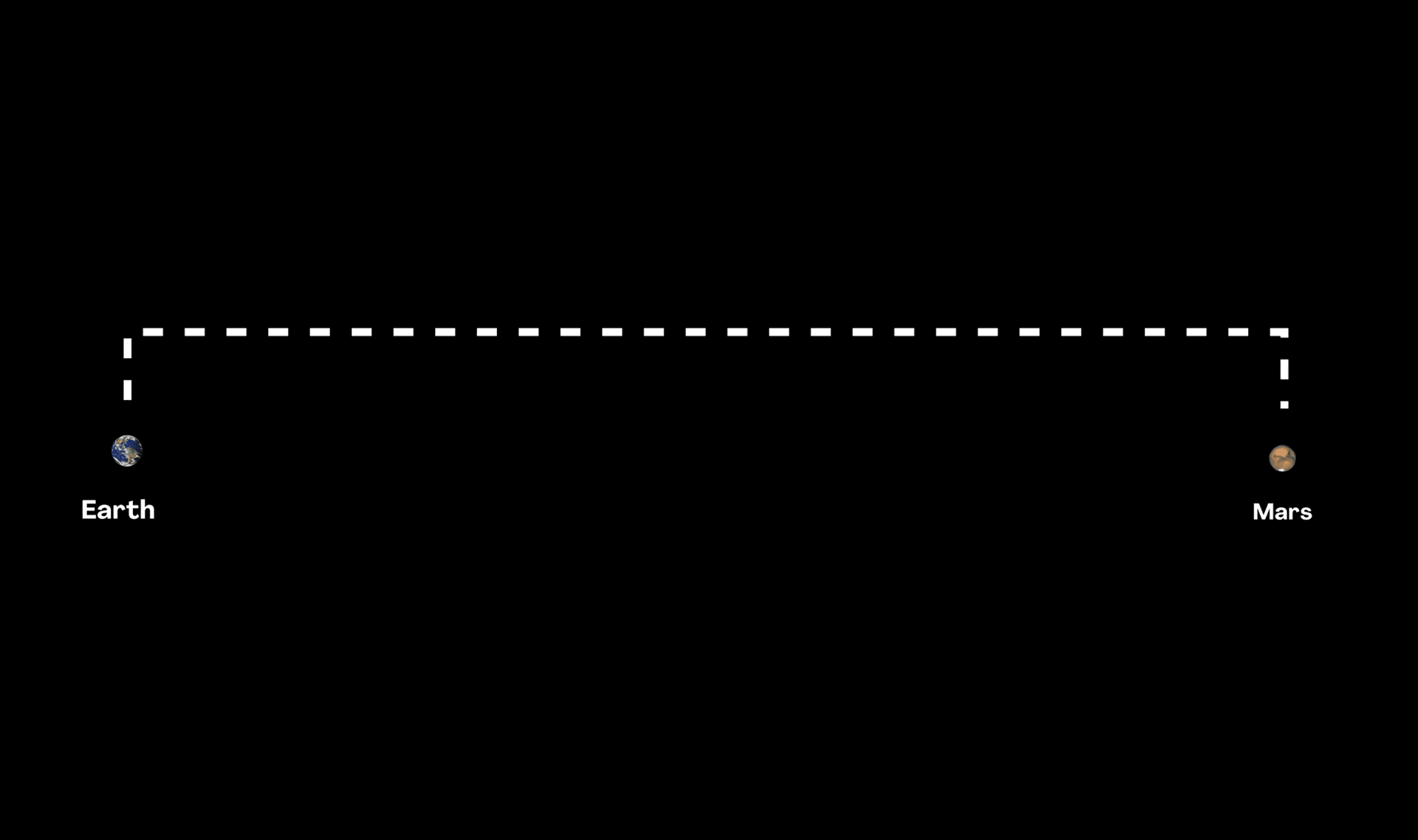
distance
13 of 17
the amount of space between two things
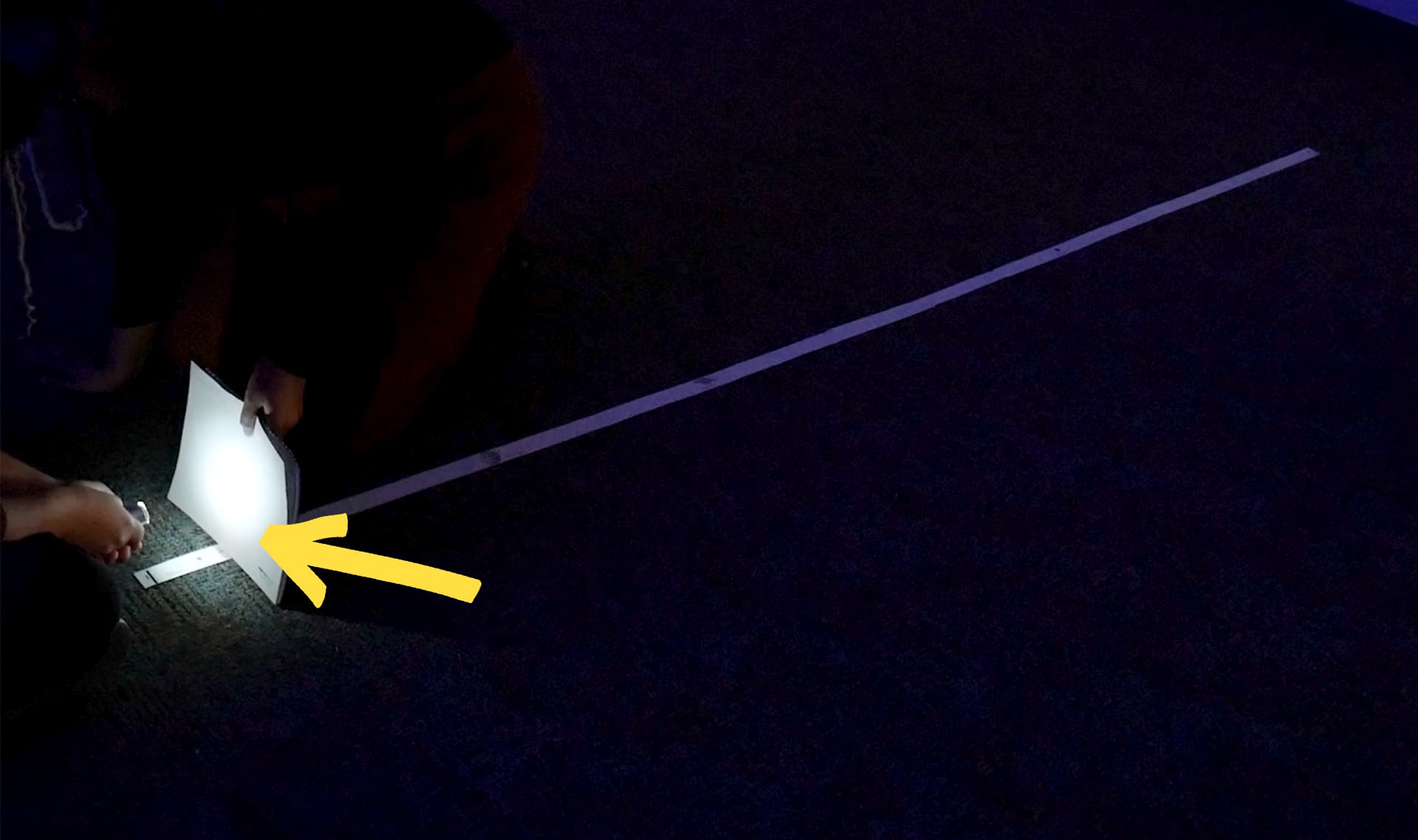
bright
14 of 17
describes when there is a lot of visible light; the opposite of dim
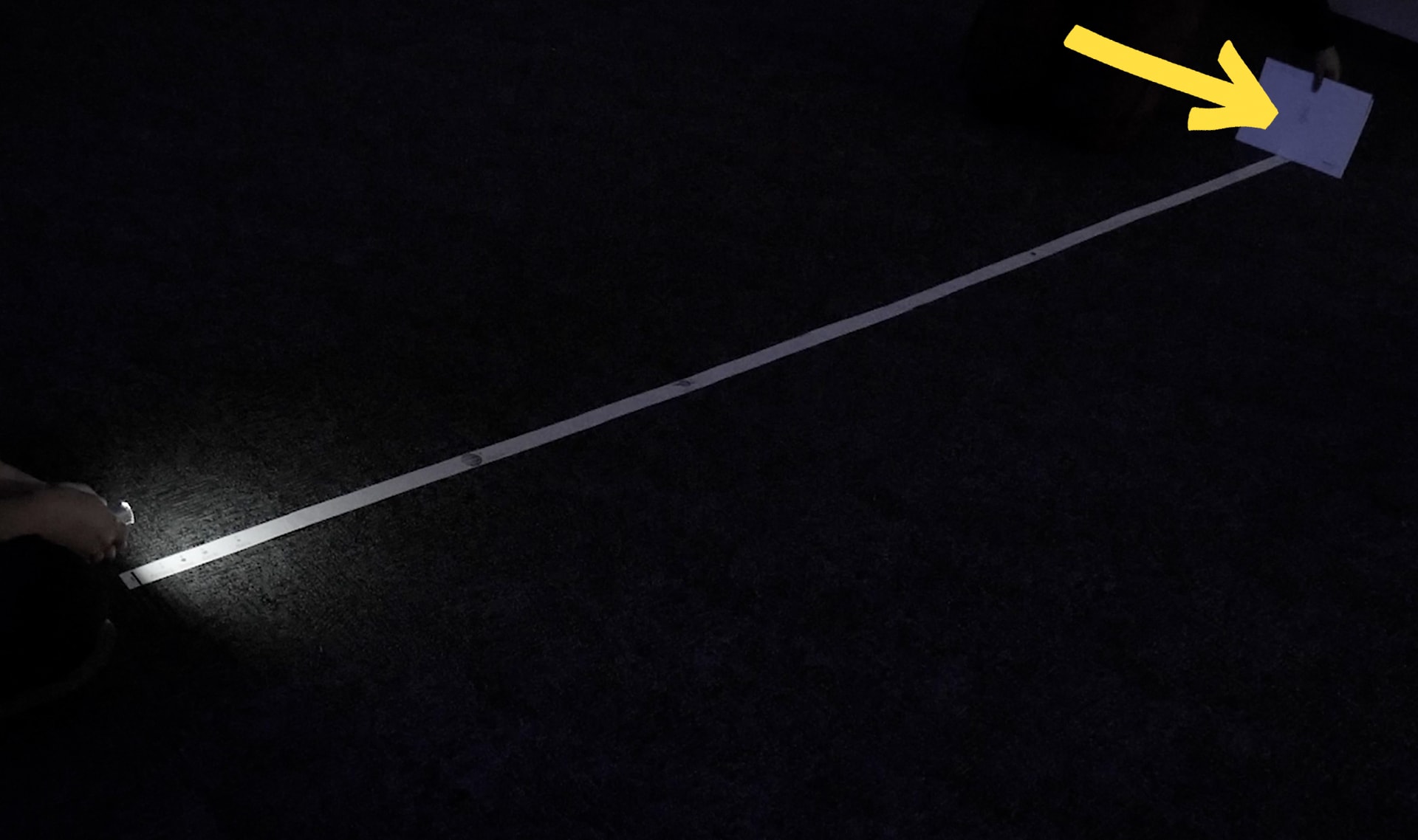
dim
15 of 17
describes when there is not a lot of visible light; the opposite of bright

Please wait…
This video is having trouble loading. You may have lost your Internet connection.
Step 1: Click to Reload this page
Step 2: Click to
Try our other video player
Step 3: contact support if trouble persists.
Or,
dismiss this message.
solar energy (solar power)
16 of 17
energy from the Sun that can warm things up and be made into electricity; a renewable resource
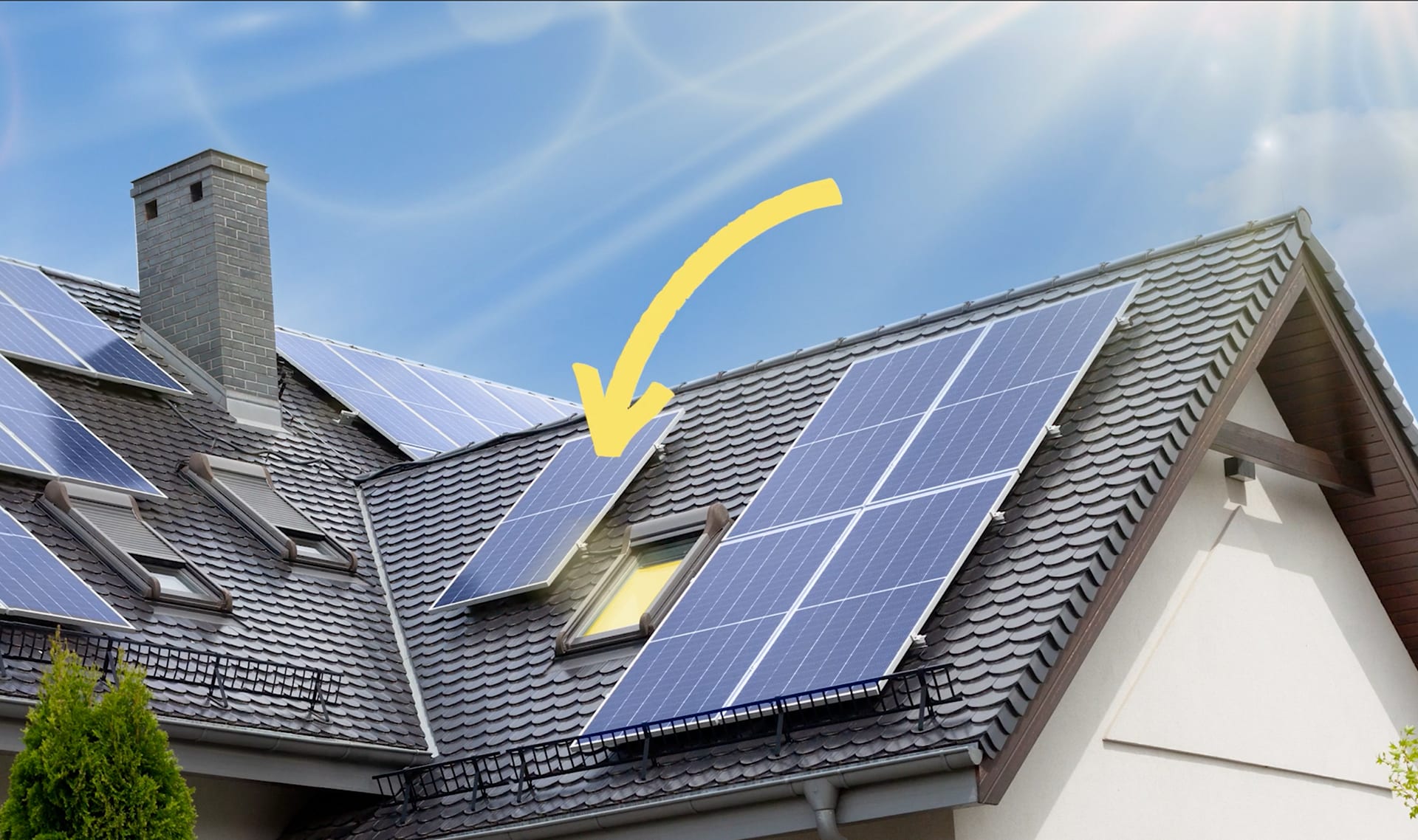
solar panel
17 of 17
a panel that can absorb the Sun's light to use as a source of energy
🎉
That’s it for this lesson! How did it go?
Extend this lesson
Sign up now for more great lessons!


